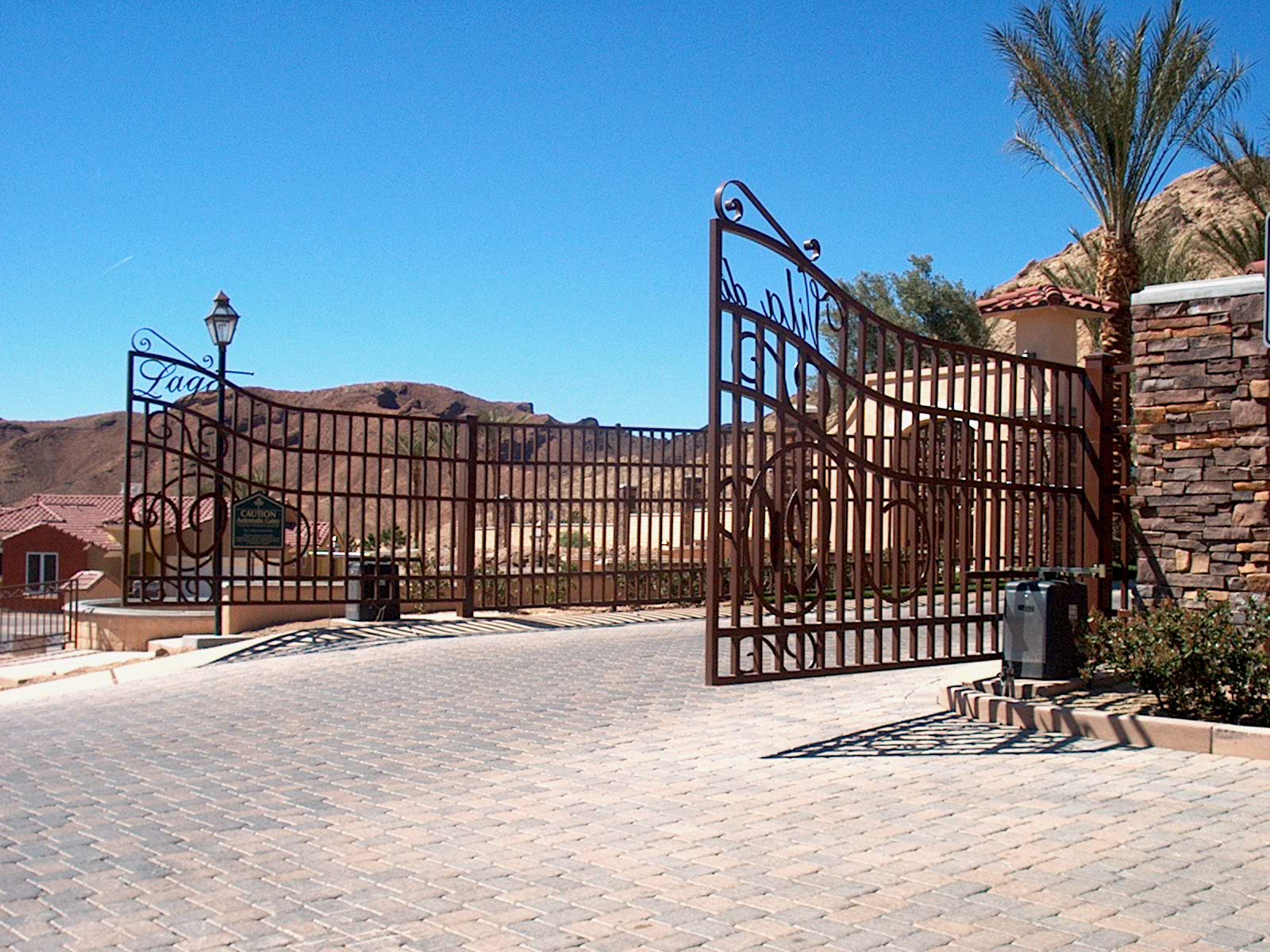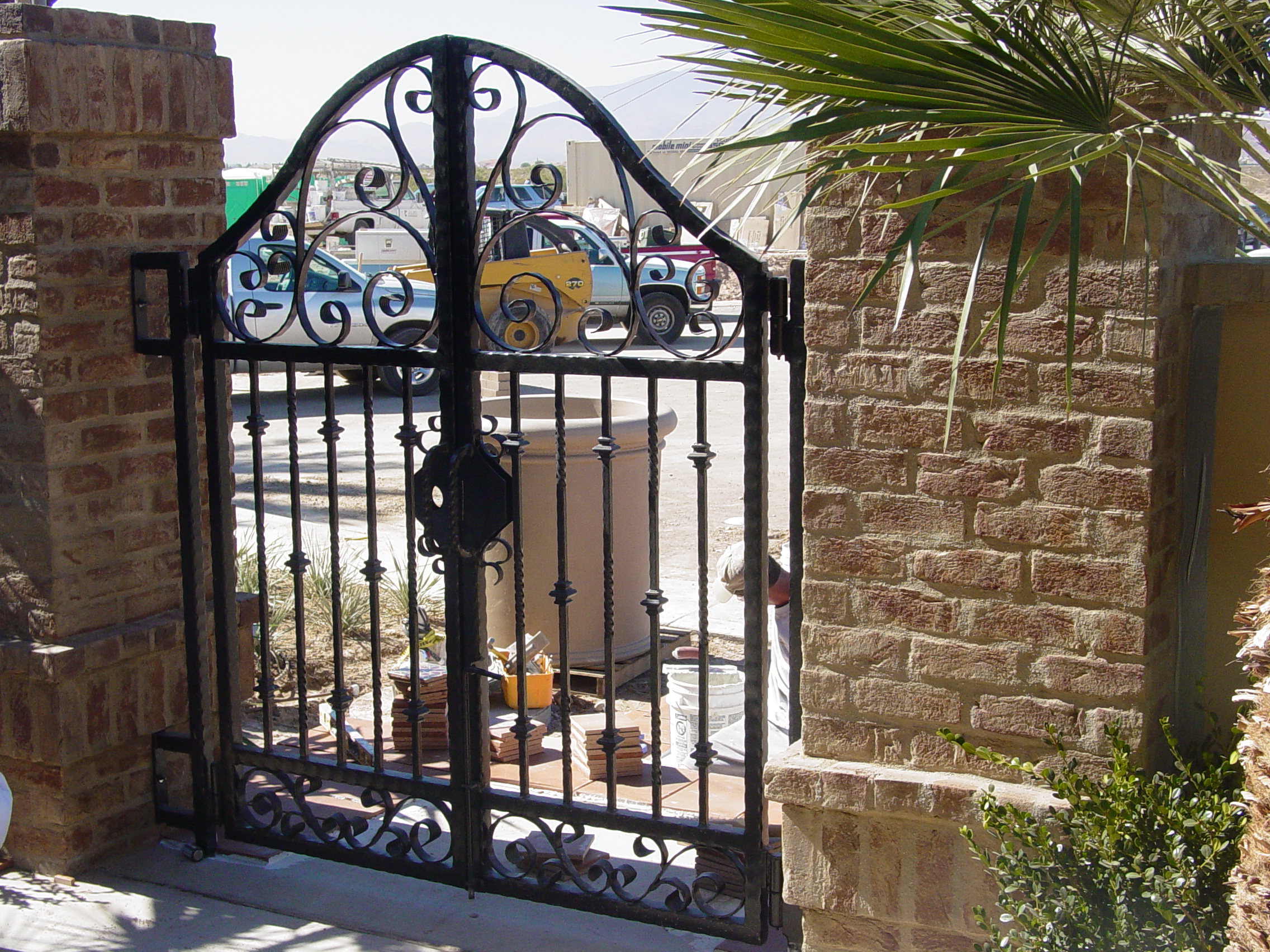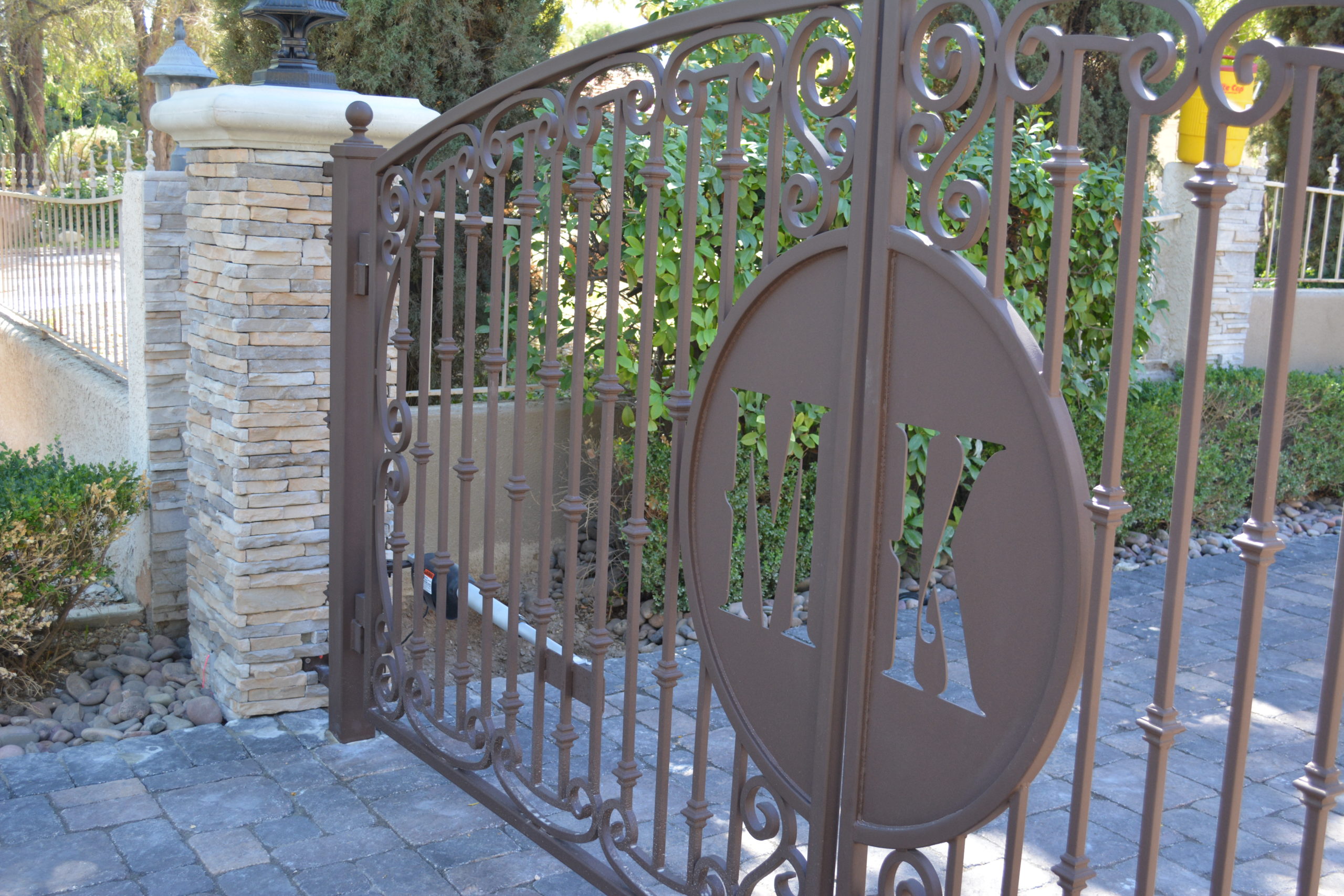
How Long Should a Wrought Iron Fence Last and How Can I Increase Its Lifespan?
Wrought iron is one of the best options for creating fences, gates, and other security features that provide protection and beauty. Not only is it durable, long-lasting, and low maintenance, but wrought iron is also extremely versatile and can suit any home or business design style without sacrificing any of its security or functionality.
Wrought iron, simply put, is iron that is worked with tools by hand or by machine. Due to the way wrought iron is formed, it is malleable and able to be worked and reworked to the desired shape. The final product turns out strong and durable, unlike cast iron which comes out strong but brittle.
When it comes to predicting the lifespan of wrought iron fencing, there are some variables to consider, but overall it’s one of the best choices for material when looking for a combination of strength and longevity.
How Long Should a Wrought Iron Fence Last?
There is a reason so many historic cities are full of wrought iron; it lasts. Historically, wrought iron has been used both decoratively and structurally. As just one of the many examples of the longevity of wrought iron, look to the Bowling Green Fence. This historic wrought iron fence was installed in 1771 and still stands today as the oldest fence in New York City.
While there are no guarantees that the average wrought iron fence will last centuries, a well-maintained wrought iron fence could last a lifetime.
Comparatively, even the strongest wood fence, such as those made from cedar, will start to show signs of wear such rotting and splitting boards as early as 15 years after installation. Less hardy woods may last as little as 5 years before needing serious maintenance. Vinyl fencing has a longer lifespan than wood but is better suited for privacy than security and protection.
What Impacts the Lifespan of Wrought Iron Fence?
A variety of factors can impact the lifespan of a wrought iron fence. A climate with high humidity and rainfall can cause a wrought iron fence to rust and age faster. While humidity and rainfall are, of course, less of a concern in southern Nevada, proximity to pools and sprinklers can be important factors to consider.
The types of plants growing on or near a wrought iron fence can also affect its longevity. While it might be tempting to plant creeping vines to grow up and along the fence line for additional privacy, it may be a better choice to grow bushes at a moderate distance away from the fence instead. This way you can add some additional privacy and greenery without subjecting your fence to additional dirt, debris, and water that might impact its lifespan.
The coating on a wrought iron fence can also impact its longevity. While a painted wrought iron fence can be maintained and repaired, a powder coating will last longer and require much less maintenance.
How Long Does Powder Coating Last?
Powder coating a wrought iron fence can greatly diminish the amount of maintenance it needs. Right away there are clear advantages if you have the choice between the two. Unlike paint, which can have spots of buildup or dripping when first applied, powder coats are baked on for an even finish without the possibility of drips or pooling. As time goes on, powder coating won’t chip or scratch the way paint eventually does. Powder coating also helps better protect wrought iron from the above mentioned environmental factors better than paint does.
Powder coating can last around 20 years and can be done in just about any color imaginable and in a variety of finishes from smooth to textured. You do not need to have a brand-new fence to benefit from powder coating. You can also refinish an old wrought-iron fence with powder coating to give it new life and longevity.
Wrought Iron Fence Maintenance
While wrought iron fences, especially ones with powder coating, are extremely low maintenance, there are still some simple steps that can be taken to help increase their lifespan. Keeping foliage trimmed around the fence line can help prevent dirt and debris from building up on the fence. When there is debris that needs to be removed, simply washing it off with mild soap and water and a soft rag or sponge will do the trick. For larger cleaning jobs, you could use a pressure washer on a low setting to wash away debris. Filtered water is best for either method whenever possible.
If rust has started to take hold in small areas, it is possible to spot treat them yourself with methods such as scrubbing with a wire brush and sandpaper. Always be safe and use a mask when doing so to avoid inhaling iron dust that can be damaging to the lungs.
If there are larger problems developing with your fence or you have just acquired a fence that hadn’t been maintained in the past, it may be worthwhile to contact a professional. Widespread rusting or sections of your fence beginning to bend and sag are examples of issues that might need additional diagnosis and maintenance from a professional.
Wrought Iron Installation
If you are starting fresh with a new fence for your property, the best thing you can do for that fence’s longevity is to get the materials and installation right the first time. Choosing the style, coating, and location can all be done quickly and efficiently with the help of fencing experts to fit your needs.
Having a clear vision of the main functions of the fence from the beginning will save you from having to make any changes in the future. For example, if you don’t currently have a pool but plan to install one in the next few years, that would be an important factor to consider when choosing the style and location installation.
Whatever your fencing needs are, AR Iron can provide you with a custom fence to suit your specific vision for protection, functionality, and design. You can also choose from a wide variety of stock fence designs. All custom fences are made in-house for a fast and easy turn-around time.
Contact AR Iron today to request a free estimate.




